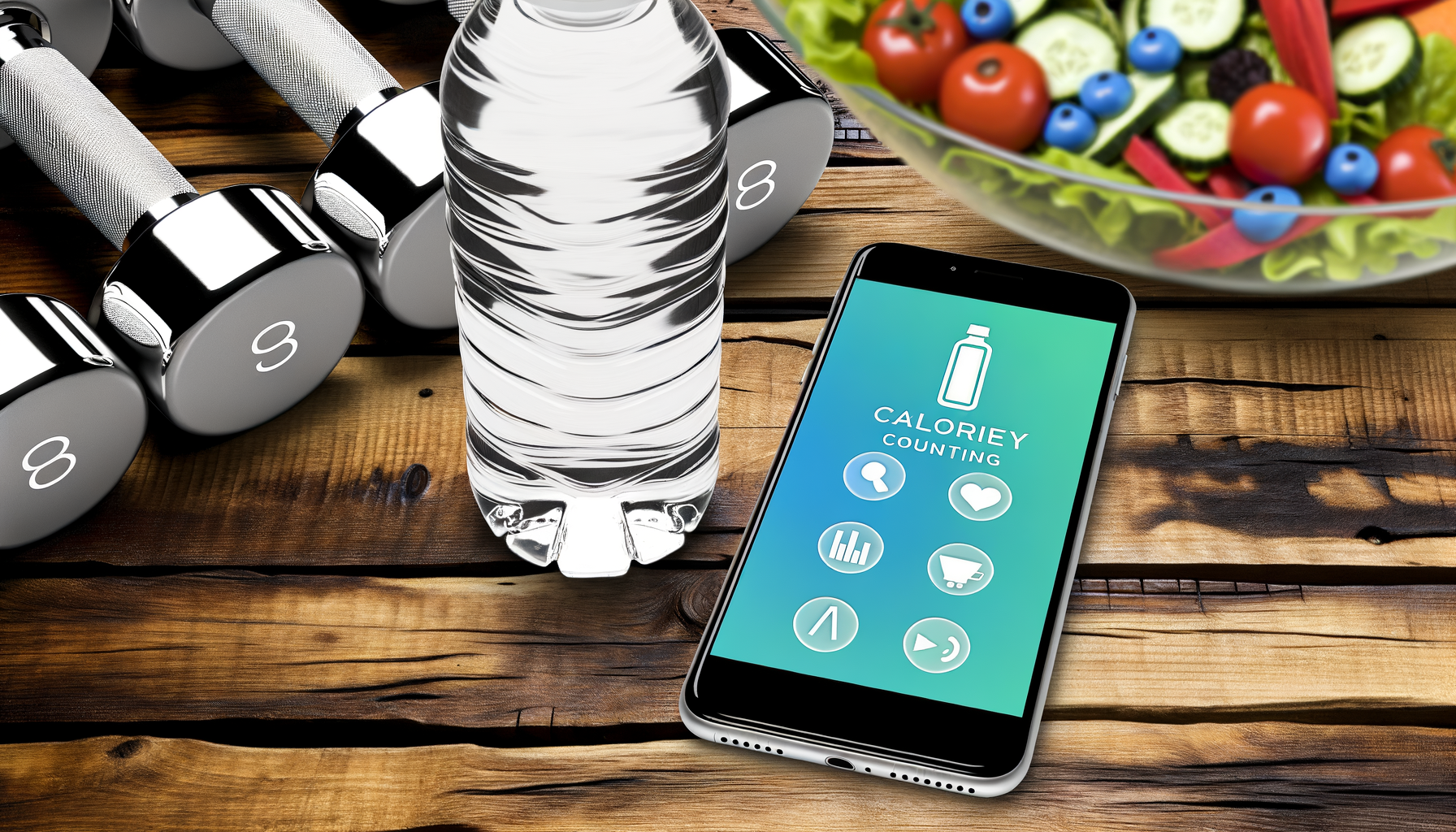Enhancing Your Fitness Website with Interactive Tools
Creating a fitness website that stands out in a crowded market requires more than just a visually appealing design; it demands interactive tools that engage users and foster a sense of community. In this article, we will explore how to enhance your fitness website with interactive tools, ensuring that your site becomes a go-to resource for fitness enthusiasts and a hub for user engagement.
Understanding the Importance of Interactive Tools
Interactive tools are not just add-ons; they are essential components of a successful fitness website. These tools help in building a loyal community, increasing user engagement, and ultimately driving more conversions. Here are some reasons why interactive tools are crucial:
They provide personalized experiences, allowing users to tailor their fitness journeys according to their needs.
Interactive tools keep users engaged, encouraging them to return to the site regularly.
They offer valuable insights and feedback, helping users track their progress and stay motivated.
Key Interactive Tools for Fitness Websites
Here are some of the most effective interactive tools you can integrate into your fitness website to enhance user engagement:
Workout Plans and Progress Tracking
Offering customizable workout plans is a great way to engage users. These plans can be tailored to different fitness levels and goals. For example, you can use tools like the WP Calorie Calculator to help users calculate their daily calorie needs based on their fitness goals and other factors.
Progress tracking features allow users to monitor their achievements over time. This can include tracking weight loss, muscle gain, or other fitness metrics. Visual representations such as graphs and charts make it easier for users to see their progress and stay motivated.
Class Schedules and Booking Systems
If your fitness center offers classes, integrating a class schedule and booking system is essential. This allows users to easily find and book classes that fit their schedules. Ensure that the booking system is user-friendly and accessible from any page on the site.
Video and Streaming Content
A well-organized video library with high-quality content can cater to different user preferences. This can include pre-recorded videos and live-streaming classes. Make sure the content is labeled by duration, intensity level, and workout type to help users find what they need quickly.
Community Building Features
Building a community around your fitness website can significantly enhance user engagement. This can be achieved through features like forums, comment sections, and social media integration. Encourage users to share their achievements and progress with friends and family to foster a sense of accountability and motivation.
Interactive Quizzes and Assessments
Interactive quizzes and assessments can help users evaluate their fitness goals and dietary habits. These tools provide personalized recommendations based on the results, helping users customize their fitness journeys. For example, a quiz that assesses a user's current fitness level and recommends a suitable workout plan can be very engaging.
Behind-the-Scenes Content
Offering behind-the-scenes content can make your audience relate to you more. This can include daily habits, fitness routines, and even personal stories. Such content cultivates a sense of connection and trust between the user and the website.
Product Reviews and Recommendations
Honest and transparent reviews of workout gear, apps, supplements, and fitness equipment can enhance the user experience. These reviews help users make informed purchasing decisions and can also drive affiliate revenue for your website.
Wellness Tips and Mental Health Insights
Audiences appreciate content that acknowledges the importance of mental health. Posting stress-relief methods, tips for maintaining a positive mindset, and mindfulness exercises can enrich the value of your website. This holistic approach to wellness helps connect with your audience on a deeper level.
Implementing Interactive Tools Effectively
Implementing interactive tools is not just about adding features; it's about ensuring they are user-friendly and seamlessly integrated into your website. Here are some tips for effective implementation:
Prioritize User Experience (UX)
The user experience is crucial when integrating interactive tools. Ensure that your site has great mobile functionality and clear navigation to improve the user flow. A hard-to-navigate site can lose potential clients.
Use Clear and Concise Content
Clear and concise content is essential for interactive tools. Ensure that instructions are easy to follow, and the tools are intuitive to use. This will help in reducing user frustration and increasing engagement.
Optimize for SEO
Optimizing your interactive tools for SEO can improve your website's visibility. Use relevant keywords, meta tags, titles, and descriptions to ensure that your tools are discoverable by search engines.
Test and Iterate
Testing your interactive tools across different devices and browsers is crucial. Ensure that the tools load quickly and function as expected. Gather feedback from users and iterate on the tools to improve their performance and user experience.
Case Studies: Successful Implementation of Interactive Tools
Let's look at some examples of fitness websites that have successfully implemented interactive tools:
Planet Fitness
Planet Fitness is a great example of a website that uses interactive tools effectively. Their location finder and membership sign-up process are streamlined, making it easy for users to find and join their nearest gym. The use of a progress bar to guide users through the sign-up process enhances the user experience.
Sweat FXBG
Sweat FXBG's website stands out with its clear value proposition and compelling call-to-action. The use of high-resolution images and eye-catching CTAs encourages users to take action. The website also features a well-structured class schedule and booking system, making it easy for users to find and book classes.
Gramz Fitness
Gramz Fitness uses a background video to give users a virtual tour of the gym. This interactive feature helps build trust and makes users feel more connected to the gym before they even visit. The website also includes workout videos and trainer profiles, which are essential interactive tools for any fitness website.
Conclusion and Next Steps
Enhancing your fitness website with interactive tools is a powerful way to increase user engagement and build a loyal community. By integrating tools such as workout plans, class schedules, video content, and community features, you can create a website that is not just informative but also engaging and motivational.
If you're looking to take your fitness website to the next level, consider integrating tools like the WP Calorie Calculator to provide personalized calorie calculations for your users. For more advanced features and customization options, explore platforms like 10Web AI Website Builder or Mobirise AI.
Remember, the key to success lies in prioritizing user experience, optimizing for SEO, and continuously testing and iterating on your tools. By doing so, you can create a fitness website that is both engaging and effective in helping users achieve their fitness goals.











